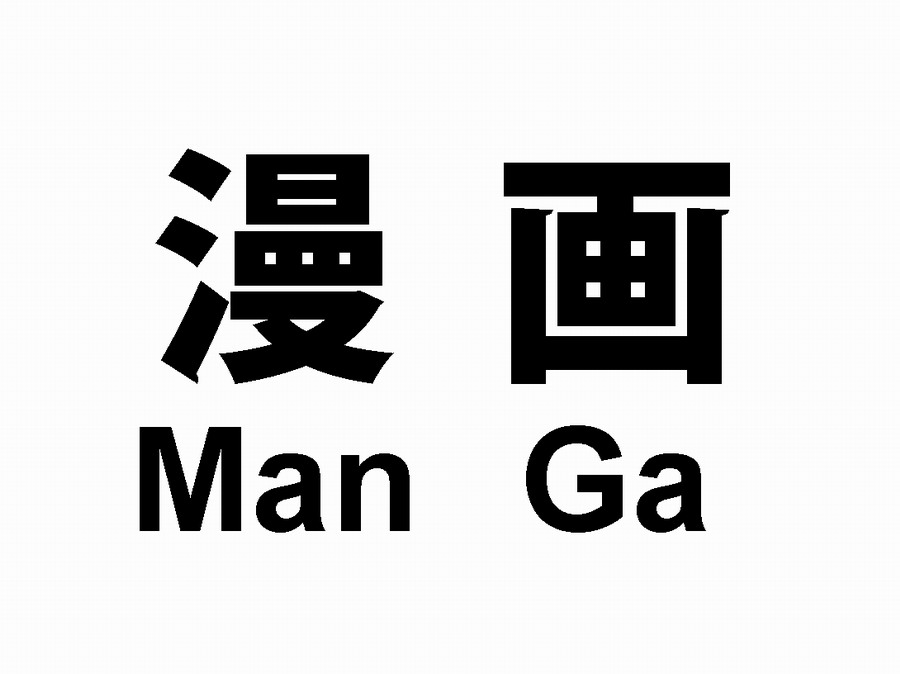
|
To translate the word manga with the traditional meaning by exploring the characters used to write the word, it can be interpreted or translated in various ways. It is composed of two Chinese characters, the first (man) bearing the meaning of 'without a reason' or 'in vain' and the second (ga) - 'picture' and can therefore stand for pictorial whims as well as random, whimsical or even idle pictures. However, having in mind that the word itself is undeniably detached to the ukiyo-e master Hokusai (1760-1849) and his publishers, being among the most influential and skilful Japanese craftsmen of all time, the more appropriate usage, probably much closer to the original meaning that the artist had in mind, would be that of 'random sketches' Hokusai himself is said to have claimed that he "freely drew pictures of images that were seen or occurred in his mind" thus confirming this interpretation of the word manga.
|
